Equipment
Cobra unveils Limited Edition Tour Trusty Wedge
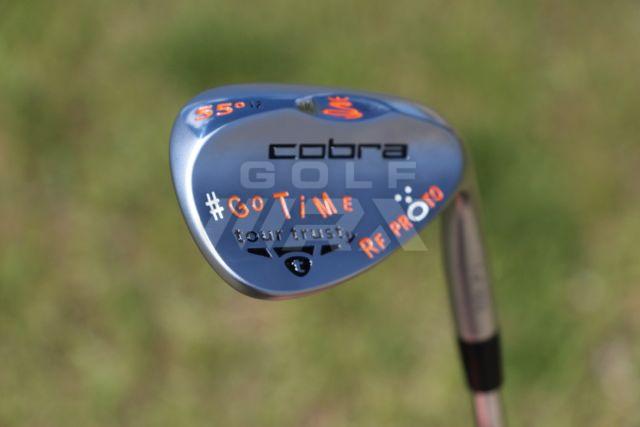
Cobra has announced a limited-edition version of its new “Tour Trusty” wedge, a 1600-club release that gives golfers the chance to play the company’s tour-inspired wedges several months before their full launch in the fall.
The wedge is identical in performance and shape to the retail version of the Tour Trusty wedges that are scheduled to hit shelves on Oct. 1, but it features custom hand stampings on the back of the wedge that were designed by Cobra-Puma Tour Staff Member Rickie Fowler (Click here to see the clubs in Fowler’s bag).
According to Jose Miraflor, director of product marketing for Cobra-Puma, the Tour Trusty wedges were inspired by the company’s Tour Staff, namely Fowler, Jonas Blixt and Ian Poulter. For this reason, the wedges have much less offset, bounce and a straighter leading edge than the company’s current “Trusty Rusty” wedges, which were created with higher handicappers in mind.
The Tour Trusty wedges are cast from 8620 Carbon Steel, and will be available for righties and lefties in odd-numbered lofts from 47 to 63 degrees on Oct. 1 for $119. They’ll be released in two different finishes — Tour Satin Chrome and Matte Black — with True Temper S200 shafts.
The Limited Edition Tour Trusty wedges will be available on June 1 in a 55-degree model with 12 degrees of bounce (right-hand only) in the satin finish with a True Temper S400 Tour Issue shaft for $149.
A Deeper Dive
One of the most eye-catching features of the Tour Trusty wedges is the strip of chrome finish on the rear portion of the sole, which highlights the wedge’s special grind.
Like the Trusty Rusty, the sole has a notch in the back, which Miraflor says is important because it helps the leading edge sit closer to the ground at address. It also works with the heel grind to allow the sole to slide more efficiently through the turf on open-faced shots.
But what he says is equally important is the curvature of the leading edge, which is shaped like the front of a ski to keep the club from “sticking” or digging in the ground.
[quote_box_center]”Most wedges rely on the bounce to do all the work,” Miraflor says. “But the bounce is what gets [a wedge] to come out of the ground. With [the Tour Trusty wedges], we created a leading edge that reduces the amount of digging so it’s a smooth transition into the ground.”[/quote_box_center]
Each wedge is available in only one grind, with the exception of the 55- and 59-degree models, which will come in high- and low-bounce versions. The 55-degree will be available with 8- or 12-degrees of bounce, and the 59-degree with 6- or 10-degrees of bounce, each with different sole configurations to accomodate different angles of attack.
The lower-bounce models will have less camber and less leading edge radius, as well as a wider sole that is designed for golfers with shallower angles of attack. The higher-bounce models will have more camber, more leading edge radius and a narrower sole that is preferred by golfers with more aggressive attack angles.
Note: Camber is the curvature of the sole from front to back. If a wedge has more camber, it has a more “round” sole. Leading edge radius is the visual curvature of the leading edge that is seen from address. More radius means more curvature, and vice versa.
The Tour Trusty wedges also feature new grooves, which are 100 percent milled and have sharper edges and steeper sidewalls than past modes from Cobra. To add even more zip, the wedges have a half-moon shaped milled face texture that varies the spacing and height of the milling marks to maximize surface roughness within the USGA’s current rules.
Miraflor says that by changing the spacing and heights of the milling marks, the “average roughness” of a wedge faces can be maximized without having to worry about “peak roughness,” two variables that are tracked by golf’s ruling bodies. And because a golf ball touches between four and five grooves on good wedge shots, shots will be exposed to a consistent range of face textures that will normalize spin in the same way as a uniform face texture, he says.
Rickie Fowler has been testing the Tour Trusty with custom grinds since the Word Challenge in December. Click here to see photos and discussion about the 59-degree wedge he was trying at the Zurich Classic of New Orleans, or click here to see what members are saying about the Tour Trusty in the “Tour/Pre-release equipment” forum.
- LIKE2
- LEGIT0
- WOW0
- LOL0
- IDHT0
- FLOP0
- OB0
- SHANK0
Whats in the Bag
Kevin Streelman WITB 2024 (April)
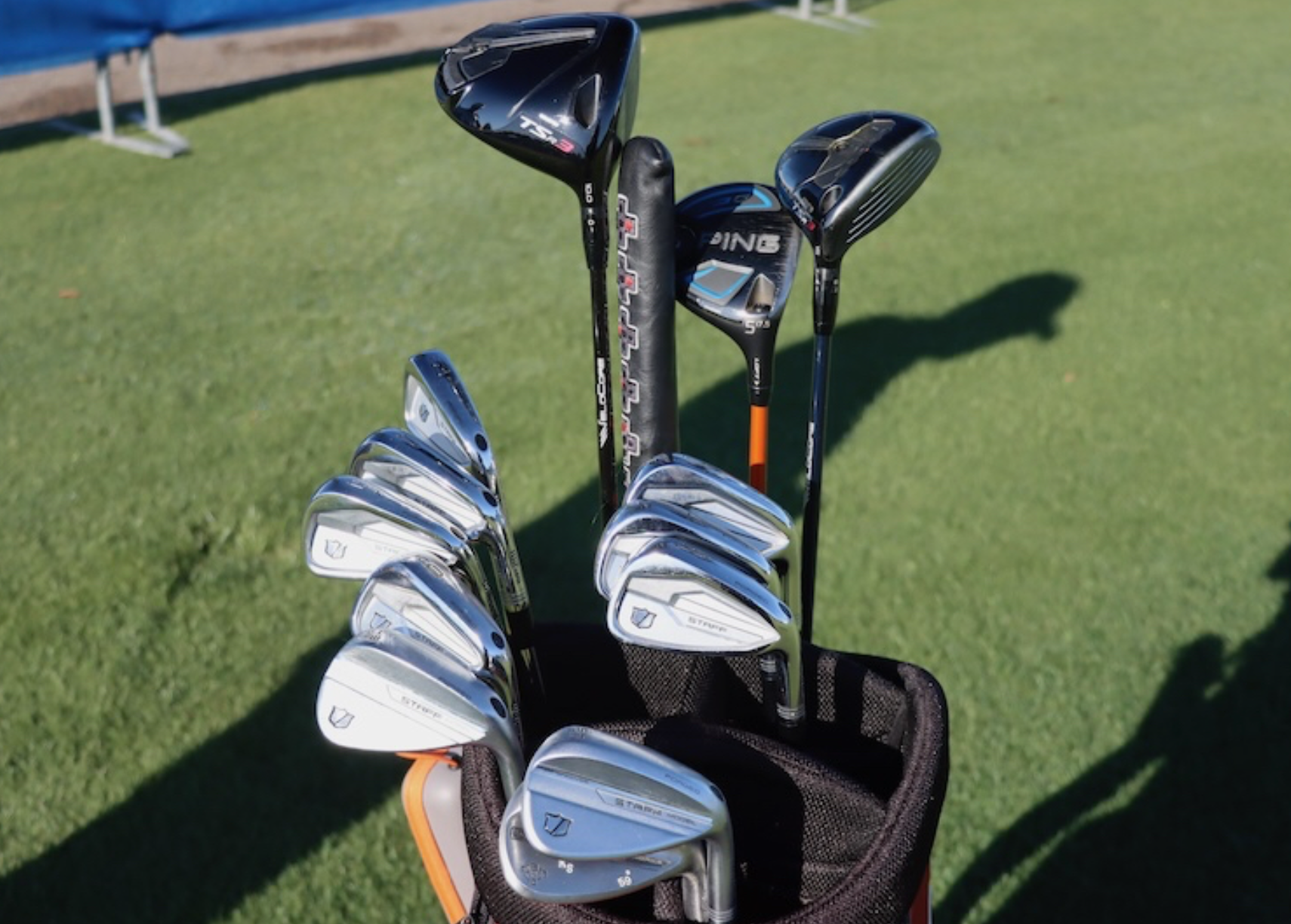
- Kevin Streelman what’s in the bag accurate as of the Zurich Classic.
Driver: Titleist TSR3 (10 degrees, D1 SureFit setting)
Shaft: Fujikura Ventus TR Black 6 X
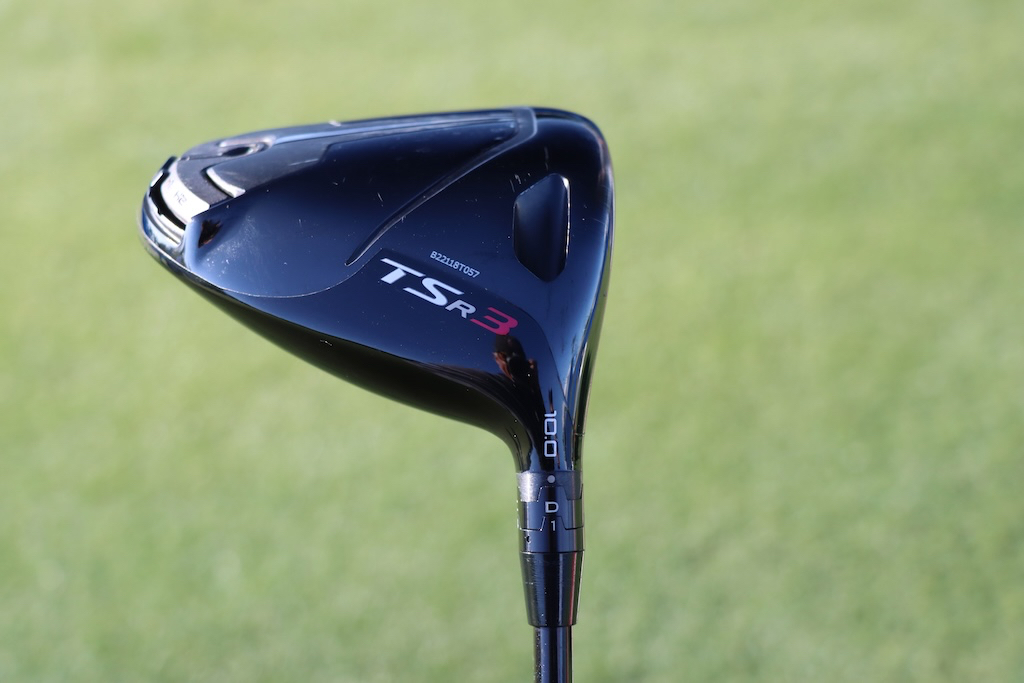
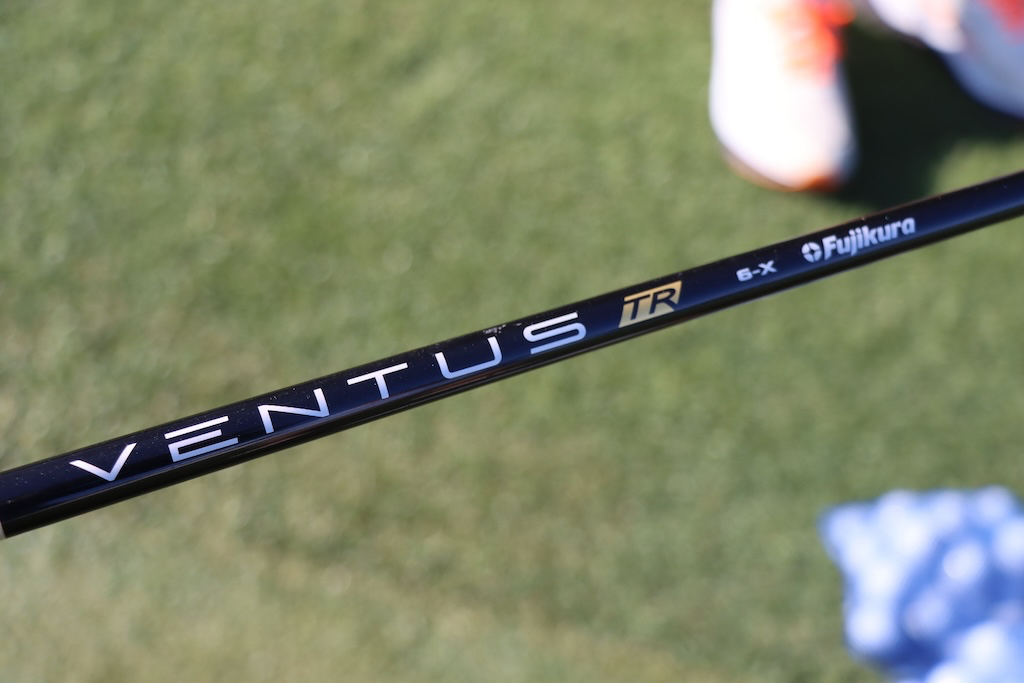
3-wood: Titleist TSR3 (15 degrees, A1 SureFit setting)
Shaft: Fujikura Ventus Blue 8 X
5-wood: Ping G (17.5 degrees)
Shaft: Graphite Design Tour AD DI 10 X
Irons: Wilson Staff Model CB (4-9)
Shafts: Project X 6.5
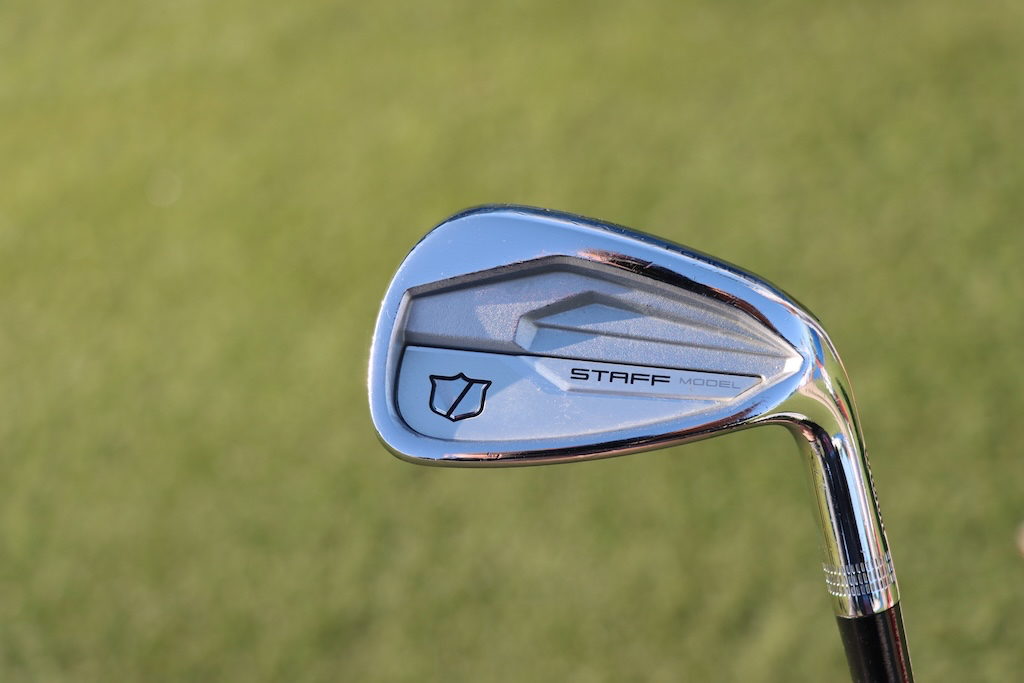
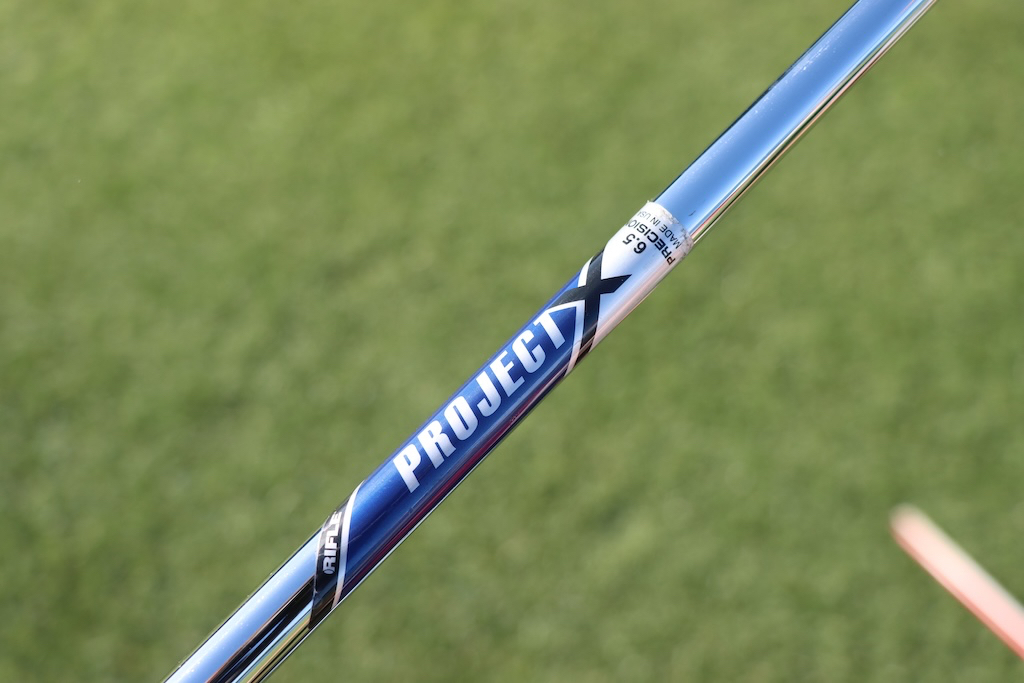
Wedges: Wilson Staff Model (48-08, 54-08), Titleist Vokey Design WedgeWorks (58-L @59)
Shafts: Project X 6.5 (48), True Temper Dynamic Gold Tour Issue S400 (54, 58)
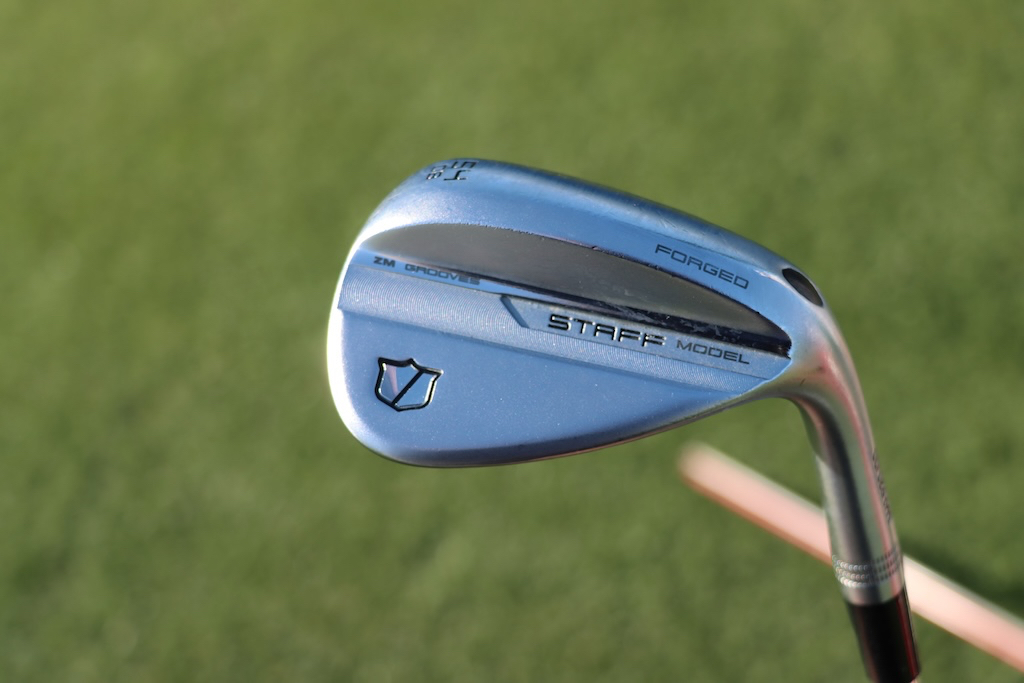
Putter: Scotty Cameron TourType SSS TG6
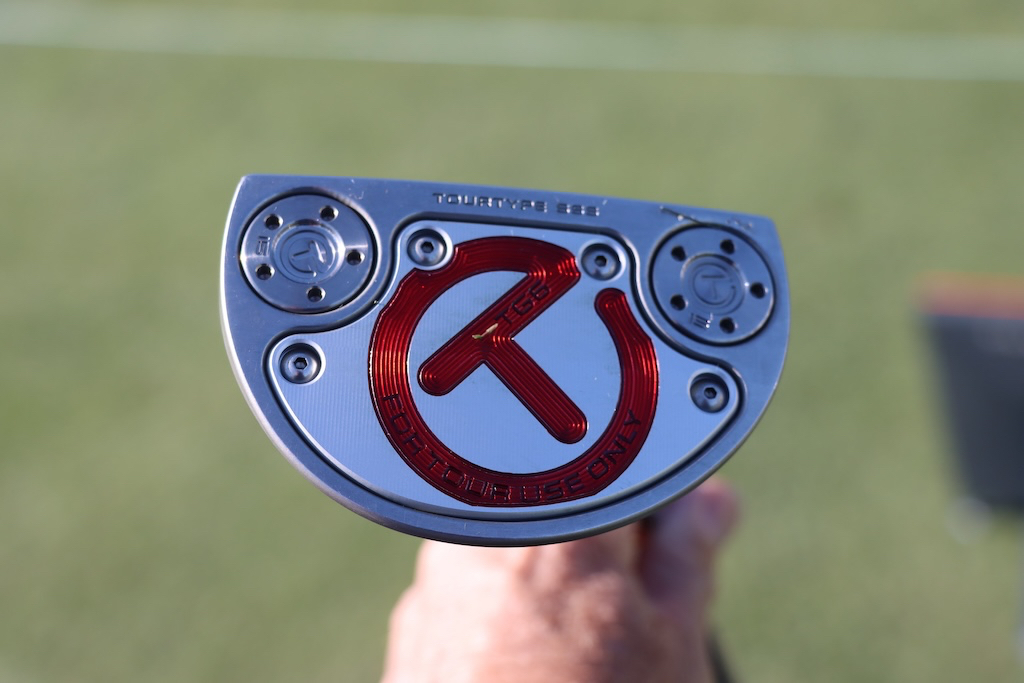
Grips: Golf Pride Tour Velvet
Ball: Titleist Pro V1x
Check out more in-hand photos of Kevin Streelman’s clubs here.
- LIKE1
- LEGIT0
- WOW0
- LOL0
- IDHT0
- FLOP0
- OB0
- SHANK0
Equipment
Choose Your Driver: Which 2012 driver was your favorite?
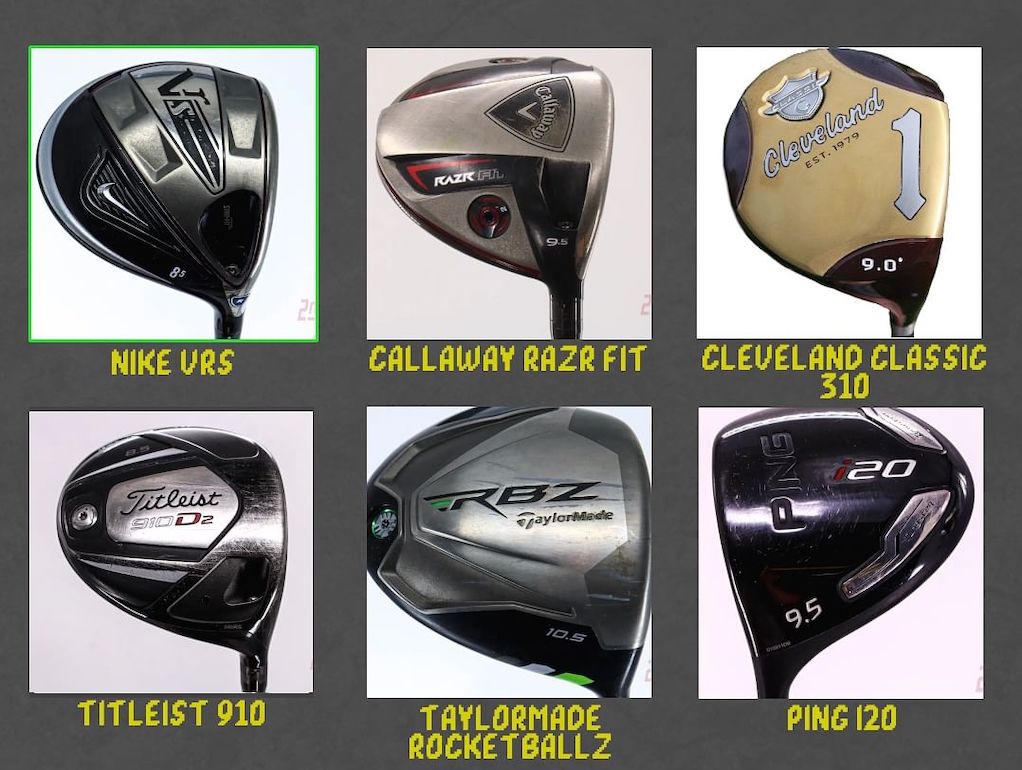
The year was 2012. Gangnam Style ruled supreme, its infectious beats and ludicrous horse-riding dance moves hypnotizing us with their stupidity. Everyone was talking about the Mayan calendar, convinced that the end of days was near. Superheroes soared on the silver screen, with the Avengers assembling in epic fashion. Katniss Everdeen survived The Hunger Games. And the memes! The memes abounded. Grumpy Cat triumphed. We kept calm and carried on.
In much the same way that automotive enthusiasts love classic cars, we at GolfWRX love taking a backward glance at some of the iconic designs of years past. Heck, we love taking iconic designs to the tee box in the present!
In that spirit, GolfWRX has been running a series inspired by arguably the greatest fighting game franchise of all time: Mortal Kombat. It’s not “choose your fighter” but rather “choose your driver.”
Check out some of the standout combatants of 2012 below.
View this post on Instagram
Nike VRS
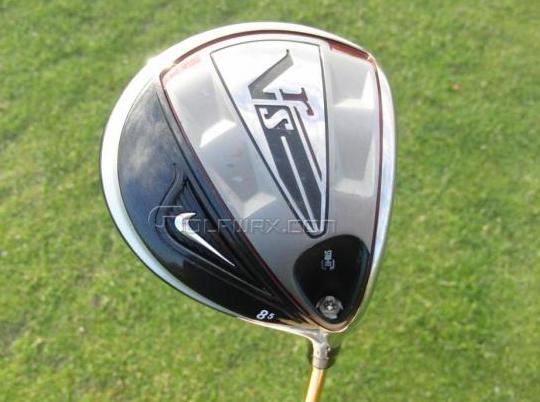
Often harshly critiqued during its years releasing golf equipment (right, Phil Mickelson?), Nike’s tenure in the club-and-ball business gets a gloss of nostalgic varnish, with many of its iron and putter designs continuing to attract admirers. Among the company’s driver offerings, the 2012 VRS — or VR_S, if you will — drew high marks for its shaping and toned-down appearance. The multi-thickness, NexCOR face was no joke either.
Check out our coverage from 2012 here.
Callaway RAZR Fit
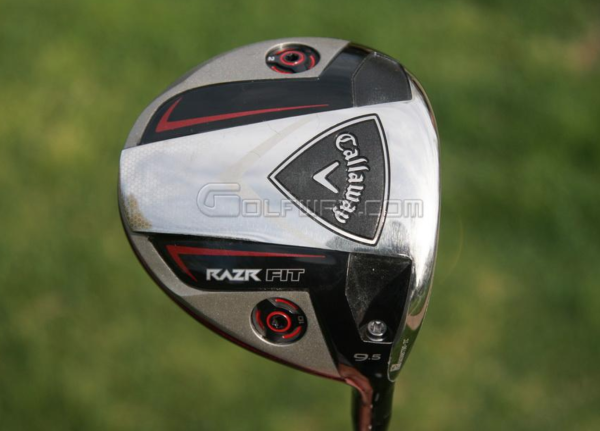
Callaway’s first foray into moveable weight technology (married with its OptiFit hosel) did not disappoint. With a carbon fiber crown, aerodynamic attention to detail, and variable and hyperbolic face technologies, this club foreshadowed the tech-loaded, “story in every surface” Callaway drivers of the present, AI-informed design age.
Check out our coverage from 2012 here.
Cleveland Classic 310
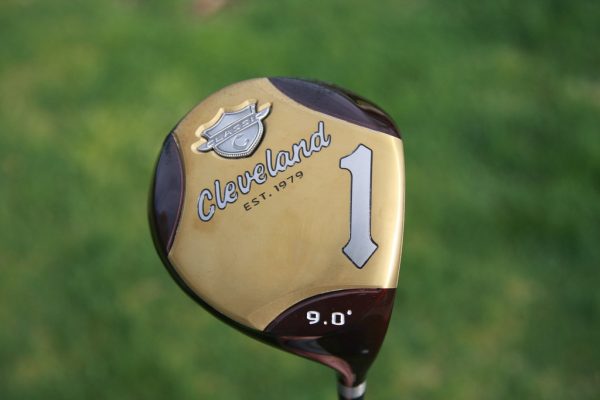
Truly a design that came out of left field. Cleveland said, “Give me a persimmon driver, but make it titanium…in 460cc.” Our 2012 reviewer, JokerUsn wrote, “I don’t need to elaborate on all the aesthetics of this club. You’ve seen tons of pics. You’ve all probably seen a bunch in the store and held them up close and gotten drool on them. From a playing perspective, the color is not distracting. It’s dark enough to stay unobtrusive in bright sunlight…Even my playing partners, who aren’t into clubs at all…commented on it saying it looks cool.” Long live!
Check out our coverage from 2012 here.
Titleist 910
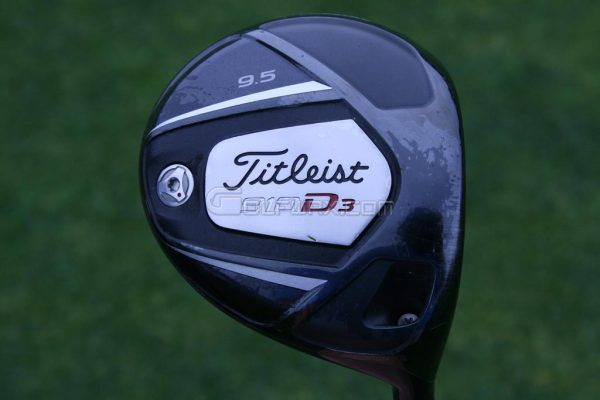
While there’s no disputing Titleist’s “Titleist Speed” era of drivers perform better than its 2010s offerings, sentimentality abounds, and there was something classically Titleist about these clubs, right down to the alignment aid, and the look is somewhere between 983 times and the present TS age. Representing a resurgence after a disappointing stretch of offerings (907, 909), The 910D2 was a fairly broadly appealing driver with its classic look at address and classic Titleist face shape.
Check out our coverage from 2012 here.
TaylorMade RocketBallz
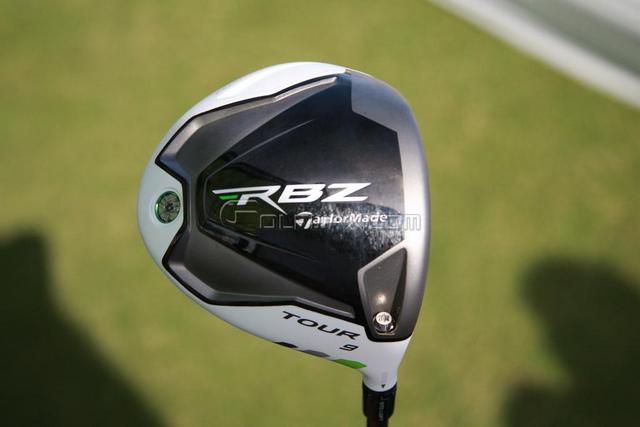
The white crown. The name. You either loved ‘em or you hated ‘em. TaylorMade’s 2012 offering from its RocketBallz Period boasted speed-enhancing aerodynamics and an Inverted Cone Technology in the club’s titanium face. Technology aside, it’s impossible to overstate what a departure from the norm a white-headed driver was in the world of golf equipment.
Check out our coverage from 2012 here.
Ping i20
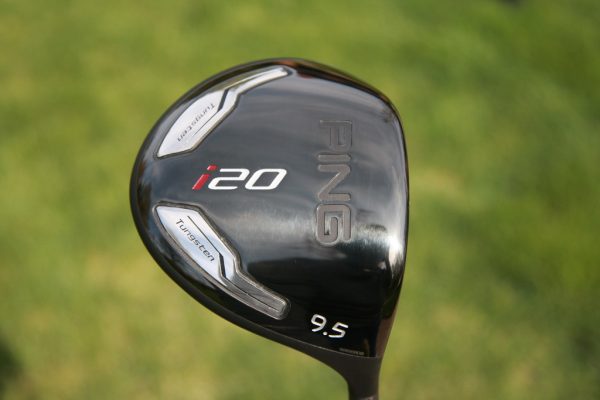
Long a quietly assertive player in the driver space, Ping’s i20 was more broadly appealing than the G20, despite being a lower-launch, lower-spin club. Ping drivers didn’t always have looks that golfer’s considered traditional or classic, but the i20 driver bucked that trend. Combining the classic look with Ping’s engineering created a driver that better players really gravitated toward. The i20 offered players lower launch and lower spin for more penetrating ball flight while the rear 20g tungsten weights kept the head stable. Sound and feel were great also, being one of the more muted driver sounds Ping had created up to that time.
Check out our coverage from 2012 here.

GolfWRXers, let us know in the comments who “your fighter” is and why!
- LIKE7
- LEGIT0
- WOW0
- LOL0
- IDHT0
- FLOP1
- OB0
- SHANK1
Equipment
Coolest thing for sale in the GolfWRX Classifieds (4/29/24): Krank Formula Fire driver with AutoFlex SF505 shaft
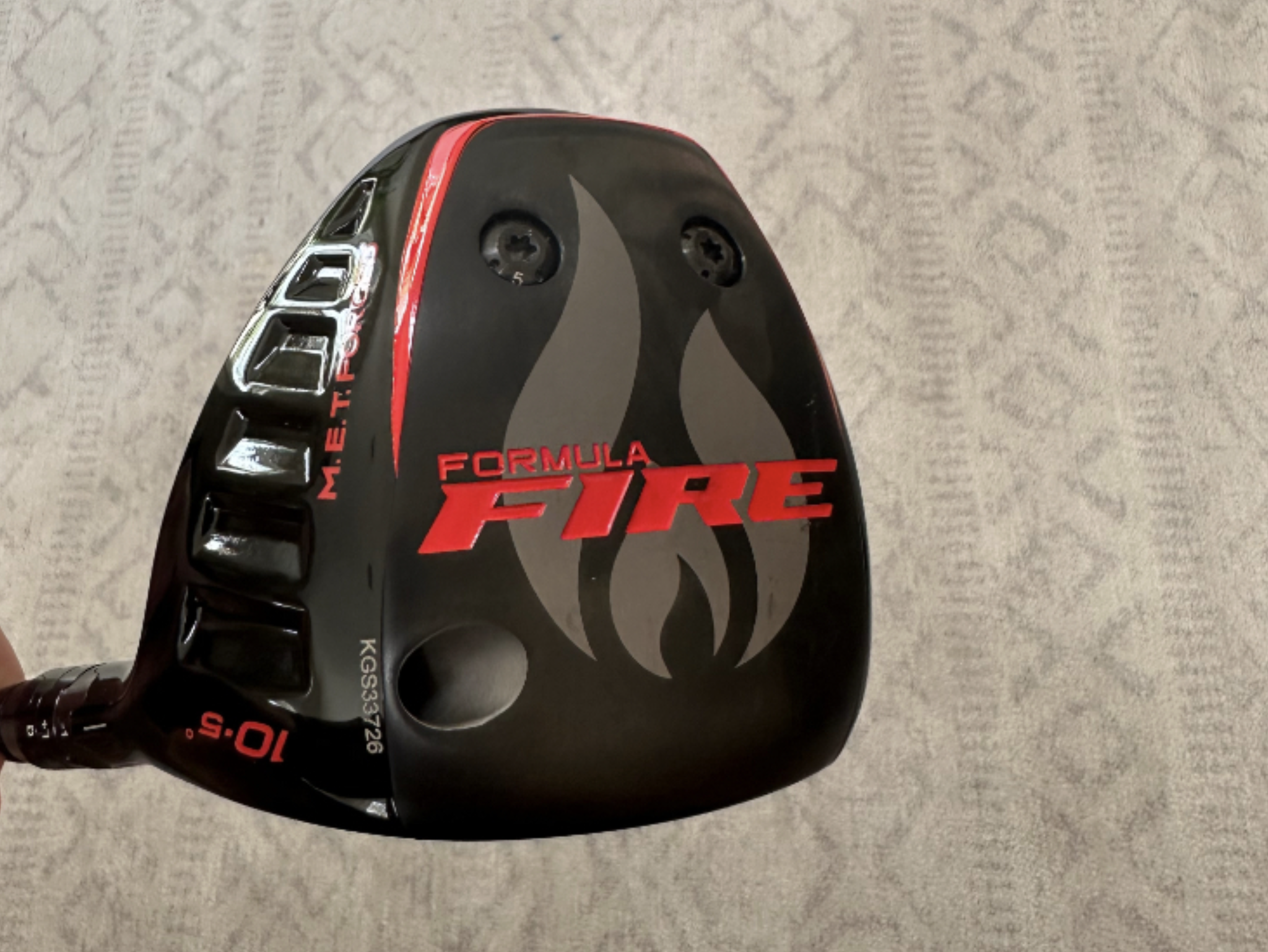
At GolfWRX, we are a community of like-minded individuals that all experience and express our enjoyment of the game in many ways.
It’s that sense of community that drives day-to-day interactions in the forums on topics that range from best driver to what marker you use to mark your ball. It even allows us to share another thing we all love – buying and selling equipment.
Currently, in our GolfWRX buy/sell/trade (BST) forum, there is a listing for a Krank Formula fire driver with AutoFlex SF505 shaft.
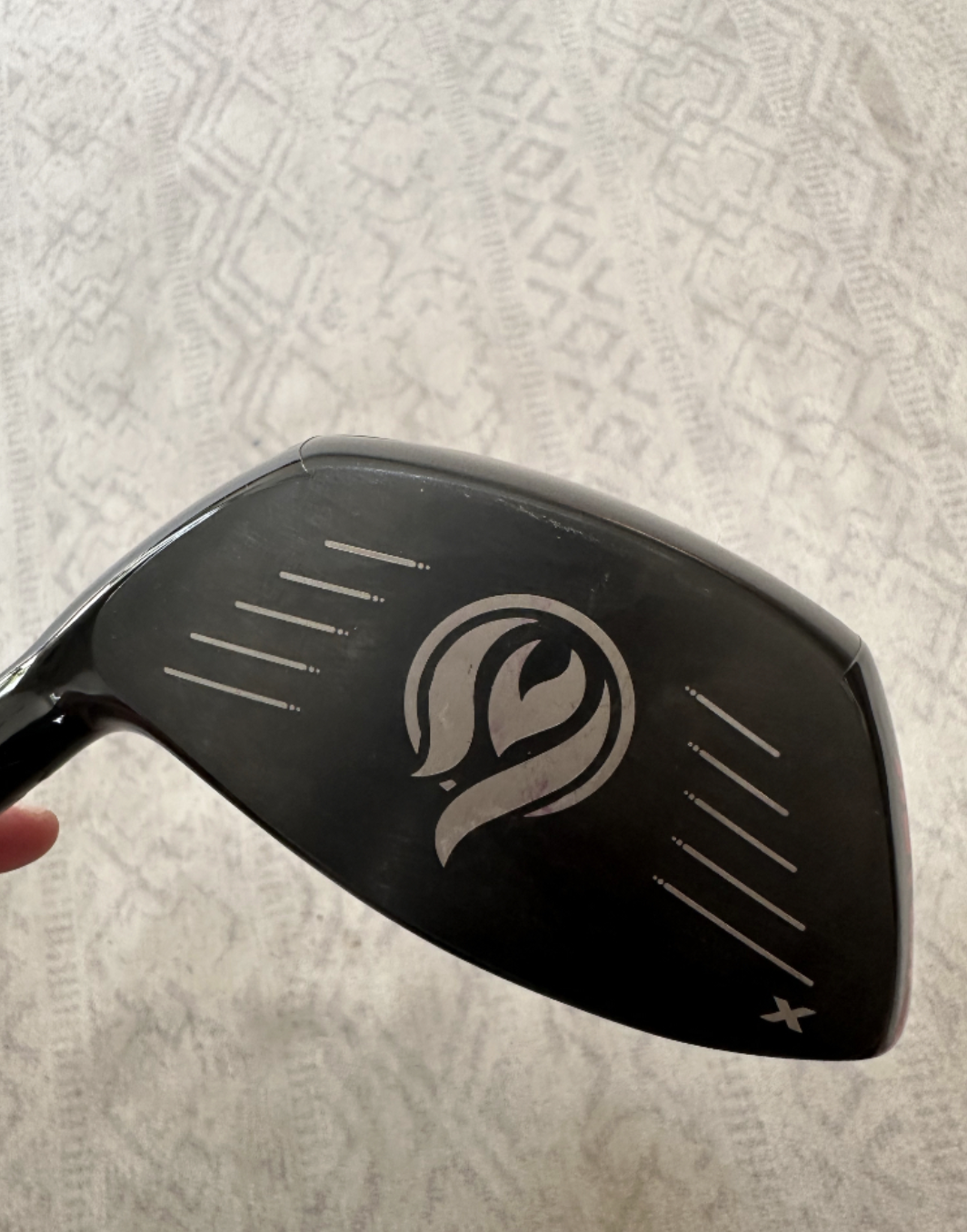
From the seller: (@well01): “Krank formula fire 10.5 degree with AUtoflex SF505. $560 shipped.”
To check out the full listing in our BST forum, head through the link: Krank Formula Fire driver with AutoFlex SF505 shaft
This is the most impressive current listing from the GolfWRX BST, and if you are curious about the rules to participate in the BST Forum you can check them out here: GolfWRX BST Rules
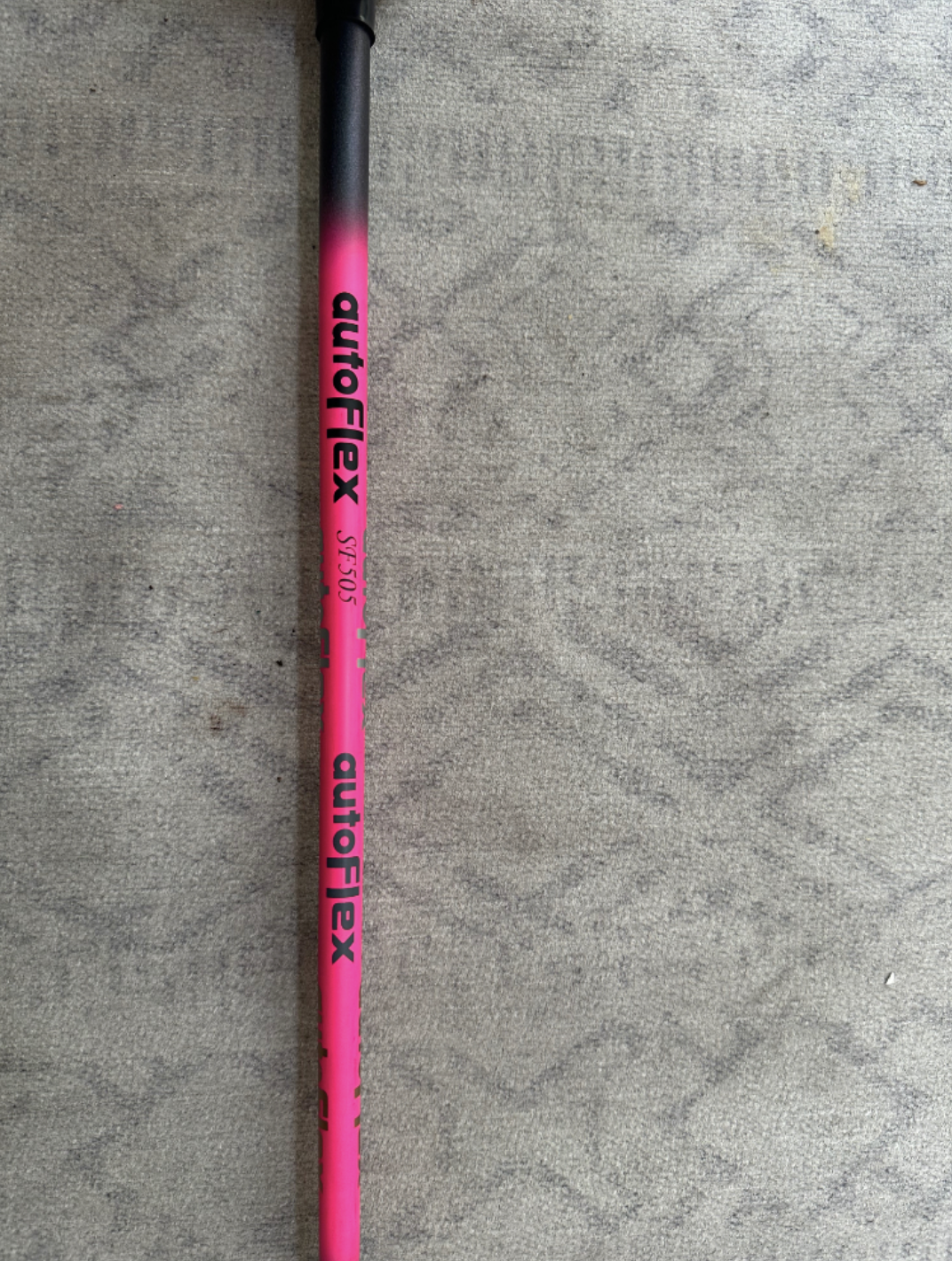
- LIKE7
- LEGIT2
- WOW0
- LOL0
- IDHT0
- FLOP0
- OB0
- SHANK0
-

 19th Hole3 weeks ago
19th Hole3 weeks agoDave Portnoy places monstrous outright bet for the 2024 Masters
-

 19th Hole1 week ago
19th Hole1 week agoJustin Thomas on the equipment choice of Scottie Scheffler that he thinks is ‘weird’
-

 19th Hole3 weeks ago
19th Hole3 weeks agoTiger Woods arrives at 2024 Masters equipped with a putter that may surprise you
-

 19th Hole1 week ago
19th Hole1 week ago‘Absolutely crazy’ – Major champ lays into Patrick Cantlay over his decision on final hole of RBC Heritage
-

 19th Hole2 weeks ago
19th Hole2 weeks agoTwo star names reportedly blanked Jon Rahm all week at the Masters
-

 19th Hole2 weeks ago
19th Hole2 weeks agoReport: LIV Golf identifies latest star name they hope to sign to breakaway tour
-

 19th Hole2 weeks ago
19th Hole2 weeks agoNeal Shipley presser ends in awkward fashion after reporter claims Tiger handed him note on 8th fairway
-

 19th Hole2 weeks ago
19th Hole2 weeks agoBrandel Chamblee has ‘no doubt’ who started the McIlroy/LIV rumor and why

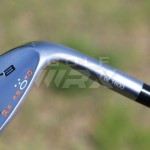
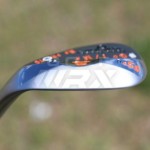
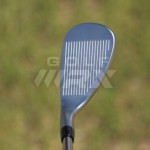
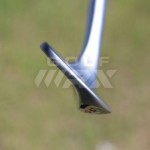
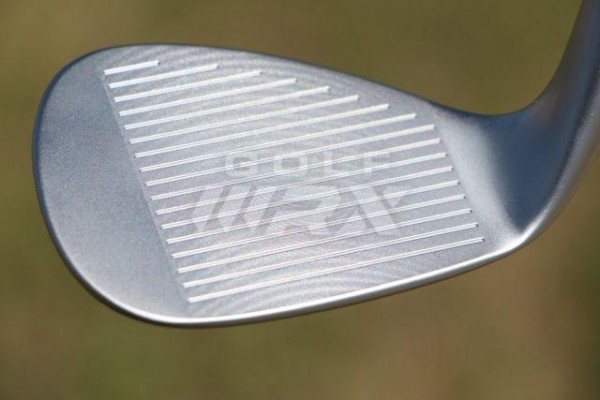


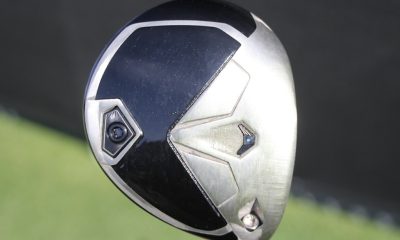

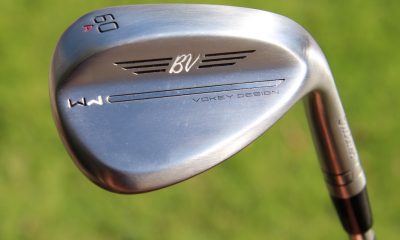

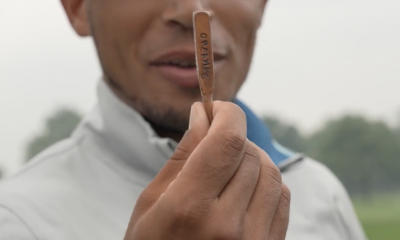

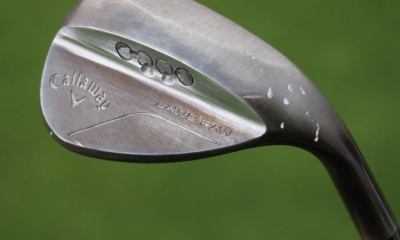

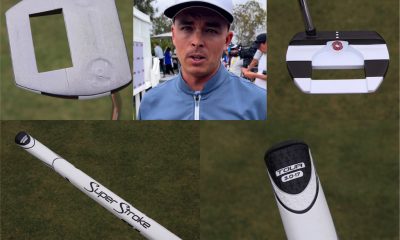

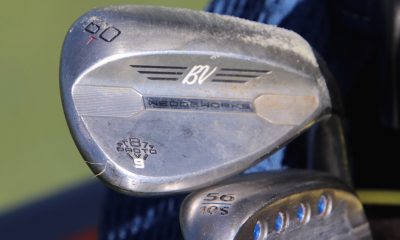














GeeMan
May 23, 2013 at 2:59 pm
Scratch Golf wedges are the way to go
David
May 15, 2013 at 11:56 am
$119 for a wedge that’s not even forged? No thanks.
CMac
May 18, 2013 at 3:16 pm
Neither are Vokeys, yet golfers gladly pay 10 bucks more per wedge.
Muhammed
May 14, 2013 at 5:56 pm
Im with Rickie #vokeysforlife
SwingAway!!
May 14, 2013 at 4:14 am
I dont understand what the big deal is… when Rickie doesnt even use these clubs???